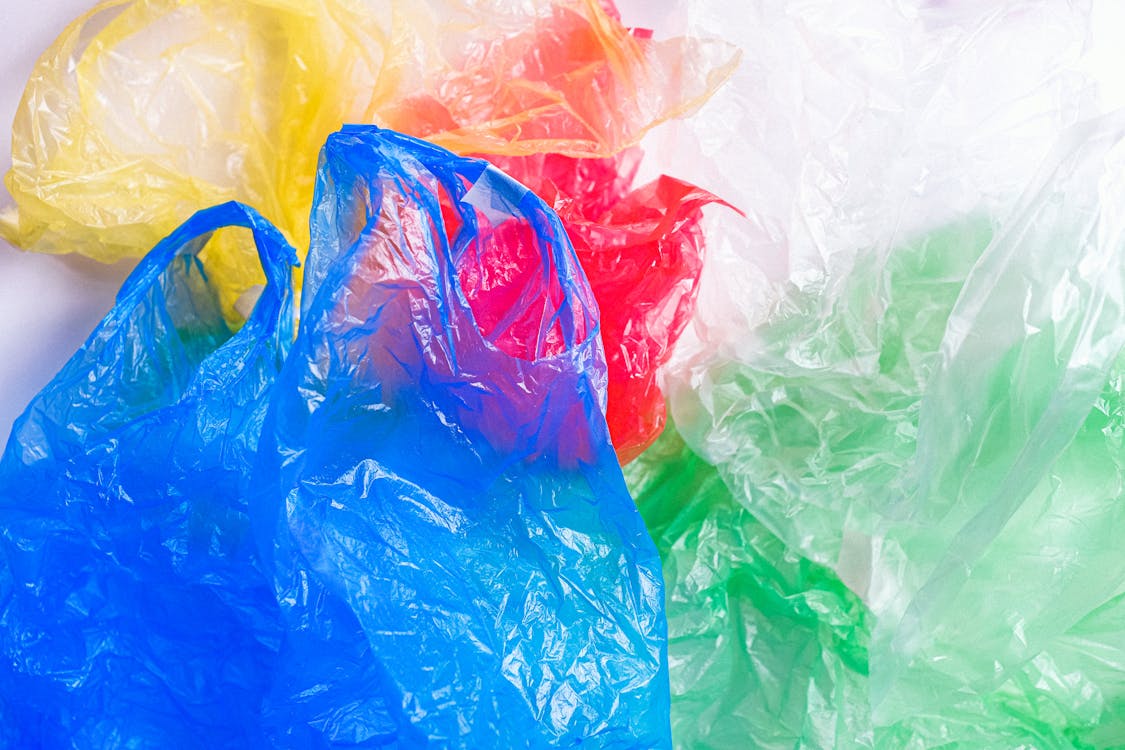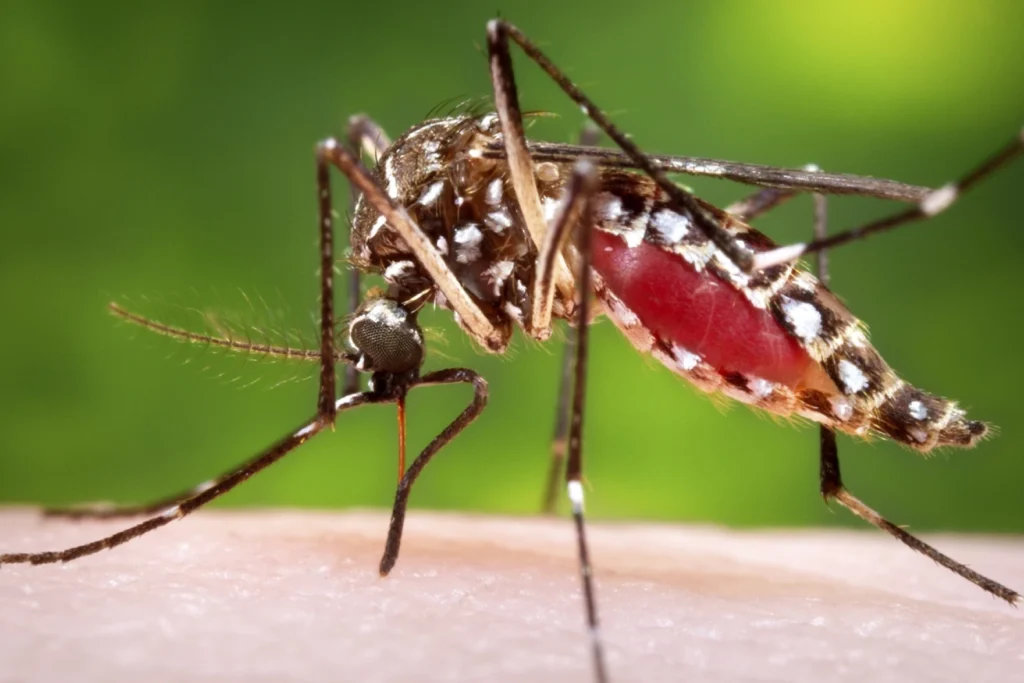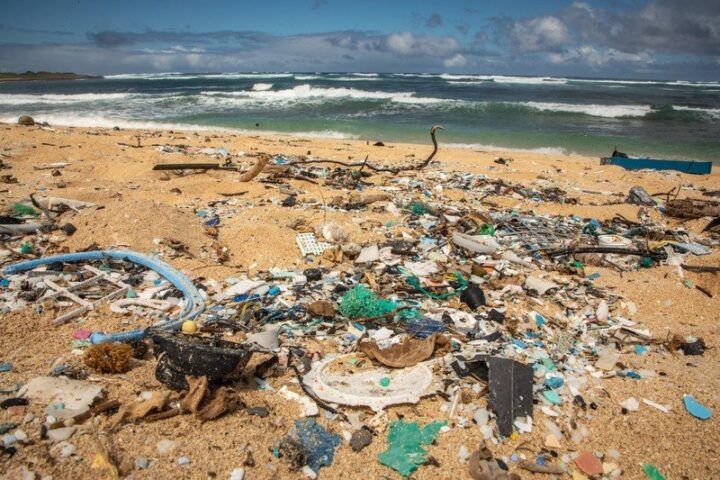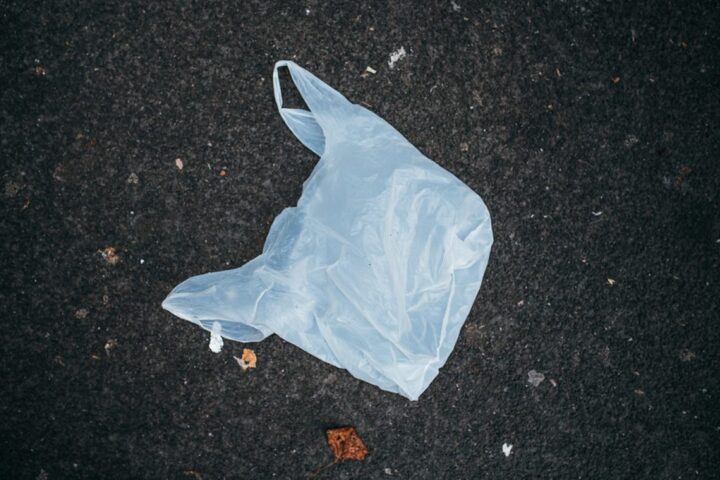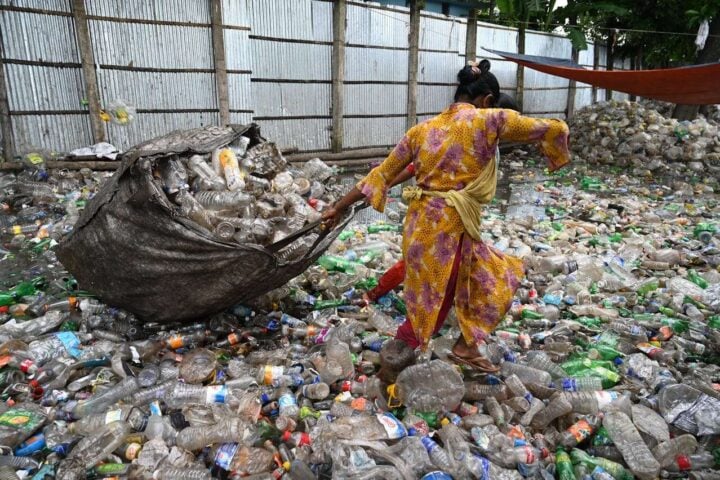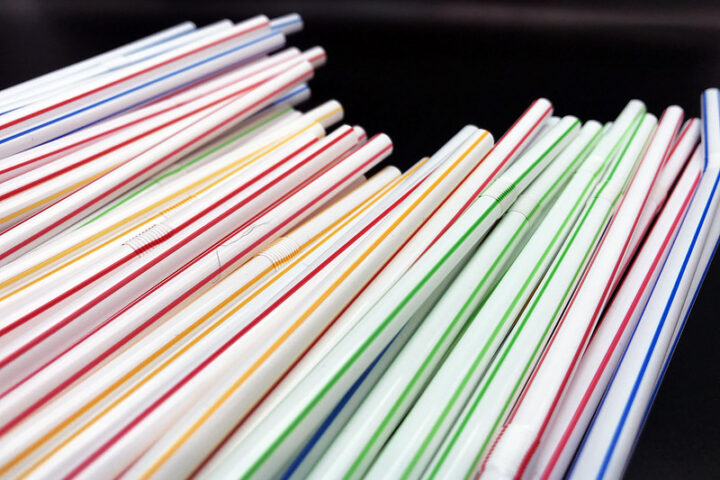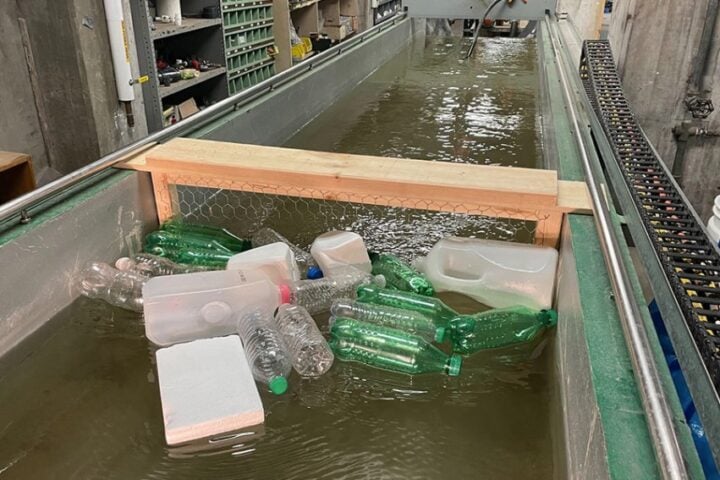In a move that has sparked both praise and criticism, California Governor Gavin Newsom signed Senate Bill 1053 into law on September 24, 2024. This legislation, set to take effect on January 1, 2026, aims to eliminate all plastic bags from grocery store checkouts across the state. As an experienced journalist who has witnessed decades of environmental policies, I find myself pondering whether this latest measure truly addresses the core issues of plastic pollution or simply adds another layer of regulation to an already complex problem.
The Evolution of California’s Plastic Bag Policies
California’s journey to reduce plastic bag usage began in 2014 with the passage of Senate Bill 270, which banned thin single-use plastic bags at supermarkets and large retailers. This initial legislation allowed for the use of thicker plastic bags, purportedly reusable and recyclable, for a fee of 10 cents per bag. The law was upheld by voters in a 2016 ballot initiative, demonstrating public support for environmental measures.
However, the unintended consequences of this well-intentioned policy soon became apparent. According to a report by the California Public Interest Research Group (CALPIRG), plastic bag waste by weight increased from 157,385 tons in 2014 to a staggering 231,072 tons in 2022—a 47% jump. Even accounting for population growth, the per capita waste rose from 4.08 tons per 1,000 people to 5.89 tons per 1,000 people over the same period.
The New Law: Closing Loopholes or Creating New Challenges?
SB 1053, co-authored by Senators Catherine Blakespear and Ben Allen, along with Assembly member Rebecca Bauer-Kahan, seeks to address these shortcomings. The new law bans all plastic shopping bags, including the thicker versions previously allowed. Stores will be required to offer recycled paper bags instead, with a mandate that these bags contain at least 50% post-consumer recycled materials by 2028.
Senator Blakespear stated, “Instead of being asked do you want paper or plastic at checkout, consumers will simply be asked if they want a paper bag, if they haven’t brought a reusable bag. This straightforward approach is easy to follow and will help dramatically reduce plastic bag pollution.” She noted that globally, 5 trillion bags are used annually, with an average use time of just 12 minutes per bag.
Similar Posts
Environmental Impacts and Industry Response
The environmental toll of plastic bags is well-documented. Plastic has been found in the deepest oceanic trenches and the highest alpine peaks. These materials break down into microplastics and nanoplastics, which have been detected in household dust, drinking water, and even human tissue and blood.
Nick Lapis, Director of Advocacy at Californians Against Waste, praised the bill for closing loopholes in the previous legislation. Similarly, Anja Brandon, Director of Plastics Policy at the Ocean Conservancy, emphasized the impact on marine life, stating, “Plastic grocery bags are not only one of the most common plastics polluting our beaches, but also one of the top five deadliest forms of plastic pollution to marine life.”
However, the plastics industry and some retail associations have expressed concerns about the economic impact and potential unintended consequences of the new law. Critics argue that the ban may lead to increased use of paper bags, which have their own environmental footprint.
Economic Implications and Consumer Behavior
The economic impact of SB 1053 remains a point of contention. While the law aims to reduce environmental costs associated with plastic pollution, it may lead to increased expenses for both retailers and consumers. The California Grocers Association has supported the legislation, with Daniel Conway, the association’s vice president for government relations, describing it as an adaptation to “changes in the world that we live in.”
Consumer behavior will play a crucial role in the success of this policy. The law intends to encourage the use of reusable bags, but it remains to be seen whether Californians will fully embrace this change or if unintended consequences will emerge.
Comparative Analysis and Global Context
California’s approach to plastic bag reduction is not unique. States like New Jersey and New York have implemented similar bans, learning from California’s earlier missteps. Globally, numerous countries have enacted plastic bag bans or taxes, with varying degrees of success.
California Natural Resources Secretary Wade Crowfoot stated, “We must take action, and this strategy shows us how. By reducing pollution at its source, we safeguard the health of our rivers, wetlands, and oceans, and protect all of the people and nature that depend on these waters.”
The Road Ahead: Challenges and Opportunities
As California embarks on this new phase of plastic reduction, several challenges and opportunities lie ahead:
- Enforcement: Ensuring compliance across the state’s vast retail landscape will be a significant undertaking.
- Consumer Education: Successful implementation will require extensive public outreach and education.
- Recycling Infrastructure: The increased reliance on paper bags necessitates improvements in recycling facilities and processes.
- Innovation: The ban may spur the development of new, more sustainable packaging solutions.
- Economic Adaptation: Retailers and consumers will need to adapt to the new regulations, potentially facing short-term economic challenges.
Conclusion: A Necessary Step or Regulatory Overreach?
As we approach the 2026 implementation date, the debate over SB 1053 is likely to intensify. While the law represents a bold step towards reducing plastic pollution, its effectiveness will ultimately depend on a complex interplay of consumer behavior, industry adaptation, and regulatory enforcement.
For this seasoned journalist, the new plastic bag ban serves as a reminder that environmental policy is rarely straightforward. As we’ve seen with previous well-intentioned measures, the road to sustainability is often paved with unforeseen complications. Only time will tell whether SB 1053 will be remembered as a pivotal moment in California’s environmental history or another example of regulatory overreach in the ongoing battle against plastic pollution.
